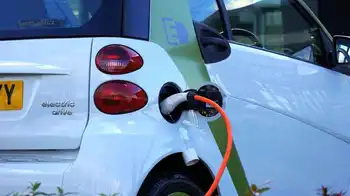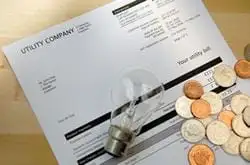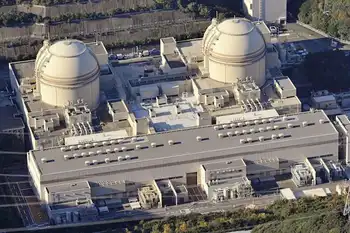Eastern Senators Criticize Emissions From Midwest Power Plants
WASHINGTON - -- Senators from New England and other Eastern states raised environmental concerns about air pollution stemming from Midwestern power plants at a Senate committee hearing held yesterday.
For years, Eastern lawmakers have claimed that loopholes in the Clean Air Act have allowed power plants to escape emissions regulations over the past three decades.
"As our nation's eastern most state, Maine is the last stop for dirty power plant emissions," said Sen. Susan Collins, R-Maine.
Collins argued that all power plants should meet the same standards to level the playing field between upwind and downwind states.
Her concerns were echoed by senators from Vermont, New Jersey and New York, all of whom called for the federal government to re-examine the levels of air pollutants, especially carbon dioxide, sulfur and mercury, permitted under the Clean Air Act.
Power plants that produce electricity by burning coal were cited a major source of air pollution in their states. Ohio uses coal for about 88 percent of its energy needs, followed by nuclear energy at about 10 percent.
Sen. Hillary Clinton, D-N.Y., called power plant emissions, "hidden health hazards." She said that air contamination could possibly be the cause of a 75 percent rise in cases of asthma among New York's citizens between 1980-1994, as well as an increase in birth defects.
"Power plant pollution can and is causing significant costs," Clinton said.
These complaints did not go without rebuttal from senators representing midwestern states and officials from power plant companies.
Sens. George Voinovich, R-Ohio, and James M. Inhofe, R-Okla., called for a balance between federal protection of the environment and support for the power plant industry.
"We need bipartisan support for continuing protection of the environment and public health while providing low coast reliable energy," Voinovich said.
Voinovich noted that Ohio spent more money in a ten year period, 1987-1996, to improve air quality than all of the eastern and New England states combined. He also said that all of Ohio's 88 counties are in compliance with federal air quality standards.
Dale Heydlauff, senior vice president of environmental affairs at American Electric Power, testified on behalf of the Edison Electric Institute, claiming that electric utility industry has succeeded in reaching emissions goals set by Congress under the Clean Air Act.
He also stated that carbon dioxide and global warming are long term problems in which the technology to solve these environmental hazards, "have time to develop."
"There is no need to rush programs that would destroy the energy markets," Heydlauff said.
Much of this debate, however, is not on the minds of officials who operate the Perry Nuclear Plant, which is powered by uranium and nuclear material.
"One of the advantages of nuclear power plants is that they do not produce the carbon dioxide or mercury emissions that are associated with global warming," said Jan Strausma, regional spokesman for the Nuclear Regulatory Commission.
While the Perry plant may not produce mercury or carbon dioxide, it is still subject to Environmental Protection Agency regulations that set strict limits on the amount of gases and radiation that are permitted in the air.
"The EPA does set general standards, then we make sure that those standard are met," Strausma said. "Our plants typically release only small percentage of the limit." However, even with strict regulations and low emission levels, the Lake County plant does pose the possibility of environmental damage.
Related News

The Evolution of Electric Vehicle Charging Infrastructure in the US
NEW YORK - The landscape of electric vehicle (EV) charging infrastructure in the United States is rapidly evolving, driven by technological advancements, collaborative efforts between automakers and charging networks, and government initiatives to support sustainable transportation.
Interoperability and Collaboration
Recent developments highlight a shift towards interoperability among charging networks. The introduction of the North American Charging Standard (NACS) and the adoption of the Combined Charging System (CCS) by major automakers underscore efforts to standardize charging protocols. This move aims to enhance convenience for EV drivers by allowing them to use multiple charging networks seamlessly.
Tesla's Role and Expansion
Tesla, a…




